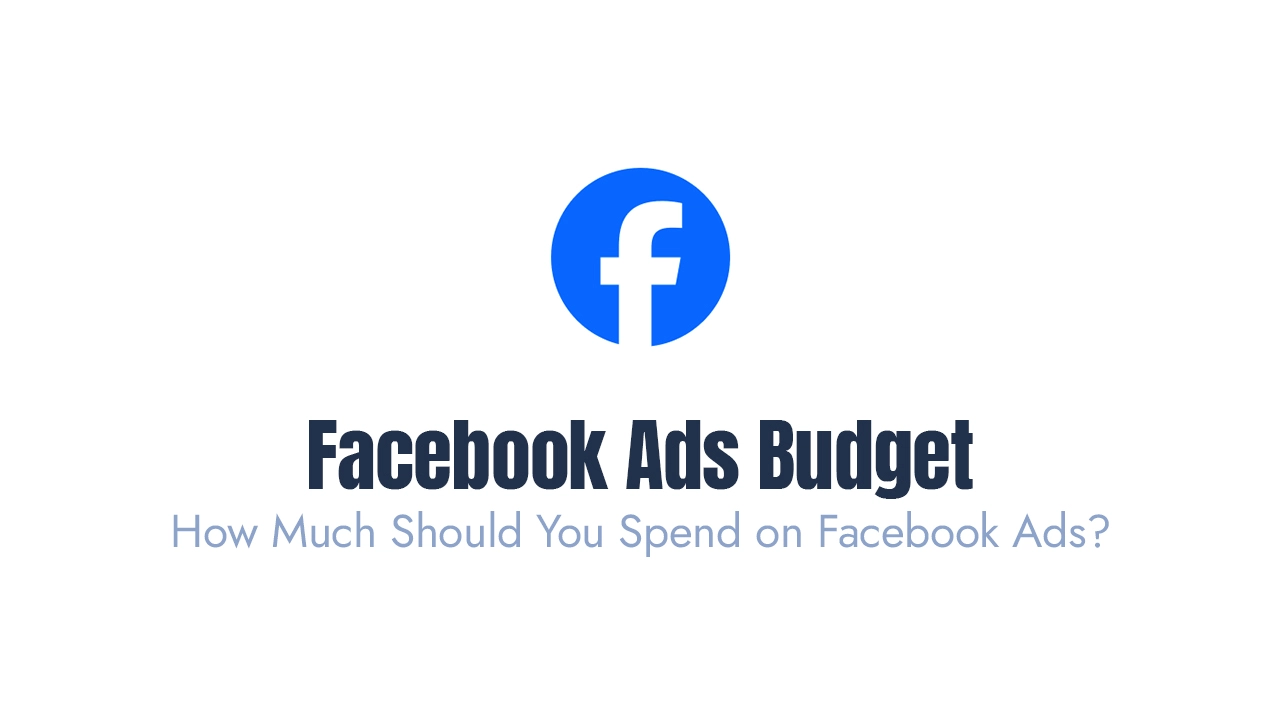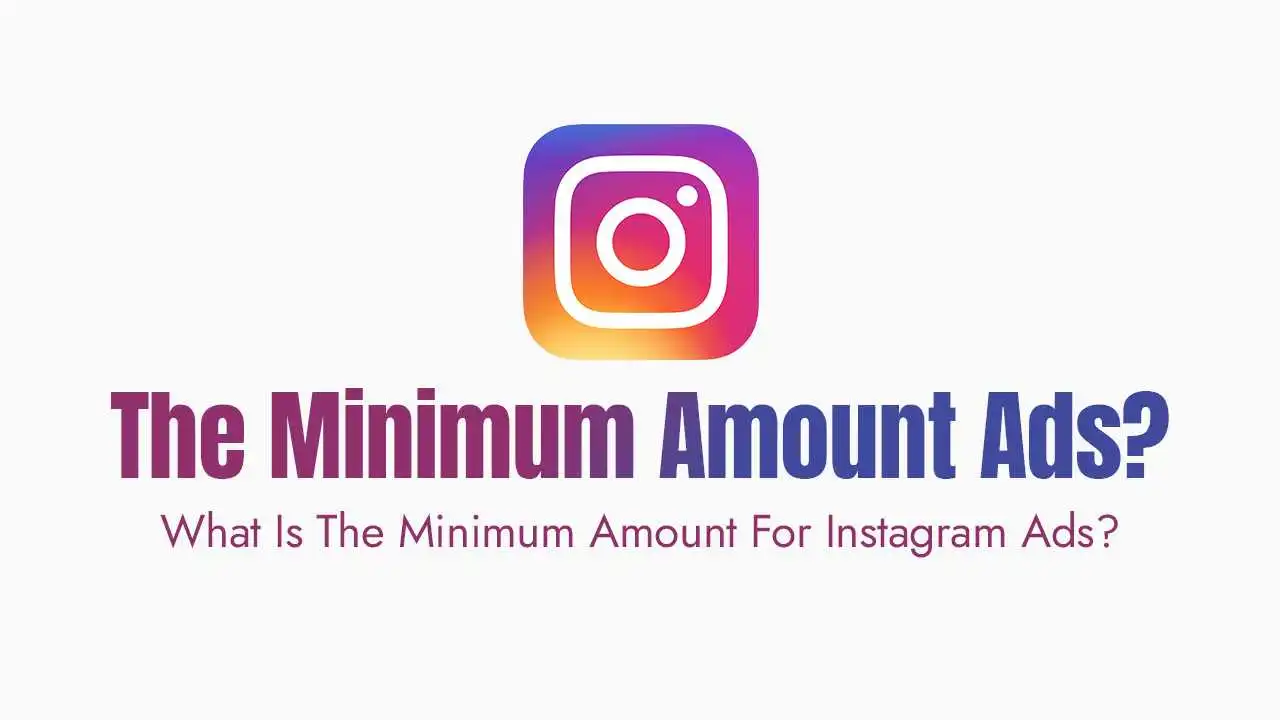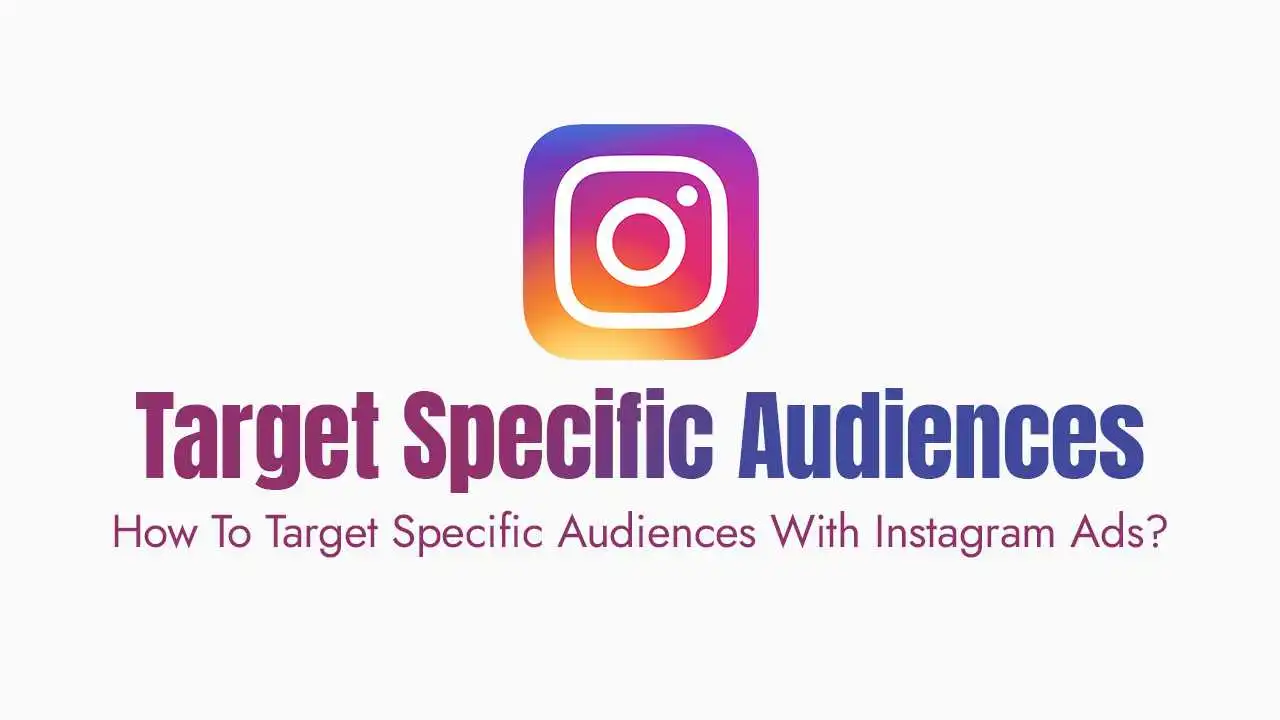Determining the right budget for Facebook Ads can feel like navigating a labyrinth. The truth? There’s no universal answer—it hinges on your business goals, competition, and industry benchmarks. This guide will arm you with the insights you need to craft a data-driven budget, optimize your return on investment (ROI), and ensure every dollar spent serves a purpose. Whether you’re an entrepreneur just stepping into digital marketing or a seasoned advertiser, this guide has you covered.
Why a Thoughtful Budget Matters for Facebook Ads?
- Over-expenditure: Burning cash on ads that don’t convert.
- Underfunding: Missing out on potential customers due to inadequate reach.
- Inefficient spending: Wasting resources on low-performing campaigns instead of scaling winners.
Pro Tip:
Step 1: Define Your Advertising Goals
A. Brand Awareness
Objective: Increase visibility and recognition.
Suggested Budget: $5–$10 per day for small businesses.
Example: A neighborhood bakery invests $300/month to promote its grand opening.
Brand awareness campaigns are essential for businesses that are just starting or expanding into new markets. While they don’t always drive immediate sales, they help build a strong foundation for future conversions. Consistently showing up in your audience’s feed can increase trust and engagement over time.
B. Lead Generation
Objective: Collect potential customer details.
Suggested Budget: $10–$20 per day for focused campaigns.
Example: A real estate agent invests $500/month and secures 50 new leads.
C. Sales Conversions
Objective: Drive direct purchases.
Suggested Budget: Start at $20–$50 per day for eCommerce businesses.
Example: An online retailer allocates $1,500/month, generating $10,000 in sales.
If your main goal is driving sales, your budget should be aligned with your expected return on investment. Businesses with higher profit margins can afford to invest more aggressively, while those with lower margins should carefully optimize their spending to maintain profitability.
Step 2: Understand Industry Benchmarks
Every industry has different cost structures. Here’s what businesses typically spend on Facebook Ads:
| Industry | Average CPC | Average CPL | Average Monthly Budget |
|---|---|---|---|
| Ecommerce | $0.70–$1.50 | $10–$20 | $1,000–$5,000 |
| Real Estate | $1.50–$3.00 | $20–$50 | $500–$2,000 |
| Healthcare | $1.00–$2.00 | $15–$30 | $1,000–$3,000 |
| Education | $0.50–$1.50 | $10–$25 | $500–$1,500 |
| Legal Services | $2.00–$5.00 | $50–$100 | $1,000–$5,000 |
These benchmarks provide a general guideline, but your actual costs may fluctuate based on audience targeting, competition, and ad quality. Tracking your campaign performance and adjusting your budget accordingly is key to long-term success.
Step 3: Calculate Your Break-Even ROAS
Your Return on Ad Spend (ROAS) dictates whether your ads are profitable. To find your break-even point:
Determine Your Profit Margin: If your product sells for $100 and has a $40 profit margin, your profit margin is 40%.
Break-Even ROAS Formula: 1 / Profit Margin (%)
Example: 1 / 0.4 = 2.5x ROAS (you need at least 2.5x revenue from ads to break even).
Understanding your break-even ROAS ensures that you don’t spend more on ads than what your business can afford. By continuously optimizing your campaigns and monitoring your ROAS, you can scale your ads while maintaining profitability.
Step 4: Start Small, Then Scale
Testing Phase (1–2 Months):
Budget: $10–$20 per day.
Goal: Identify the best-performing audiences, creatives, and ad placements.
Starting small allows you to gather valuable data without overspending. Testing different ad variations helps determine what resonates most with your audience and ensures your budget is allocated efficiently.
Scaling Phase (3+ Months)
Budget Increase: Scale by 20–50% weekly for winning campaigns.
Goal: Maximize profit by increasing ad spend on high-ROI campaigns.
Scaling should be gradual to maintain performance. Sudden budget increases can disrupt the algorithm, leading to higher costs and lower efficiency. Monitor your key metrics closely and adjust accordingly.
Pro Tip:
Use Campaign Budget Optimization (CBO) to let Facebook automatically allocate funds to your best-performing ad sets. This ensures that your budget is distributed efficiently across campaigns.
Advanced Tips for Stretching Your Budget
- Use Lookalike Audiences: Target users similar to your best customers.
- Leverage Retargeting: Allocate 20–30% of your budget to retargeting lost visitors.
- Optimize for Seasonality: Increase your budget during peak sales periods like holidays.
Final Thoughts
Investing wisely in Facebook Ads requires a blend of strategic planning, industry insights, and real-time optimizations. Whether you’re starting with a modest budget or scaling aggressively, ensuring your spending aligns with business goals is key to maximizing ROI.
By following this strategic blueprint, you’ll avoid common pitfalls, make data-driven budget decisions, and unlock the full potential of Facebook Ads for your business.





